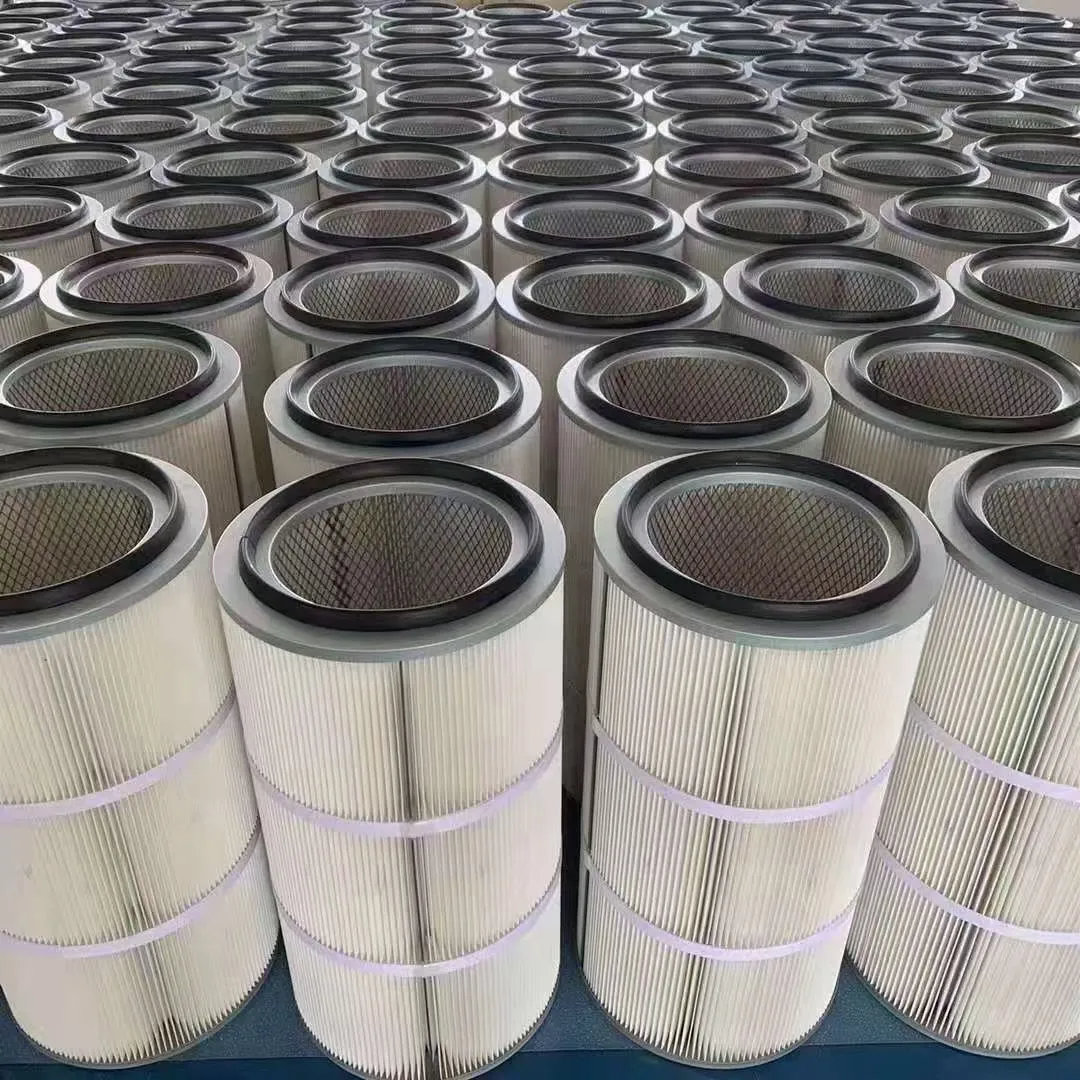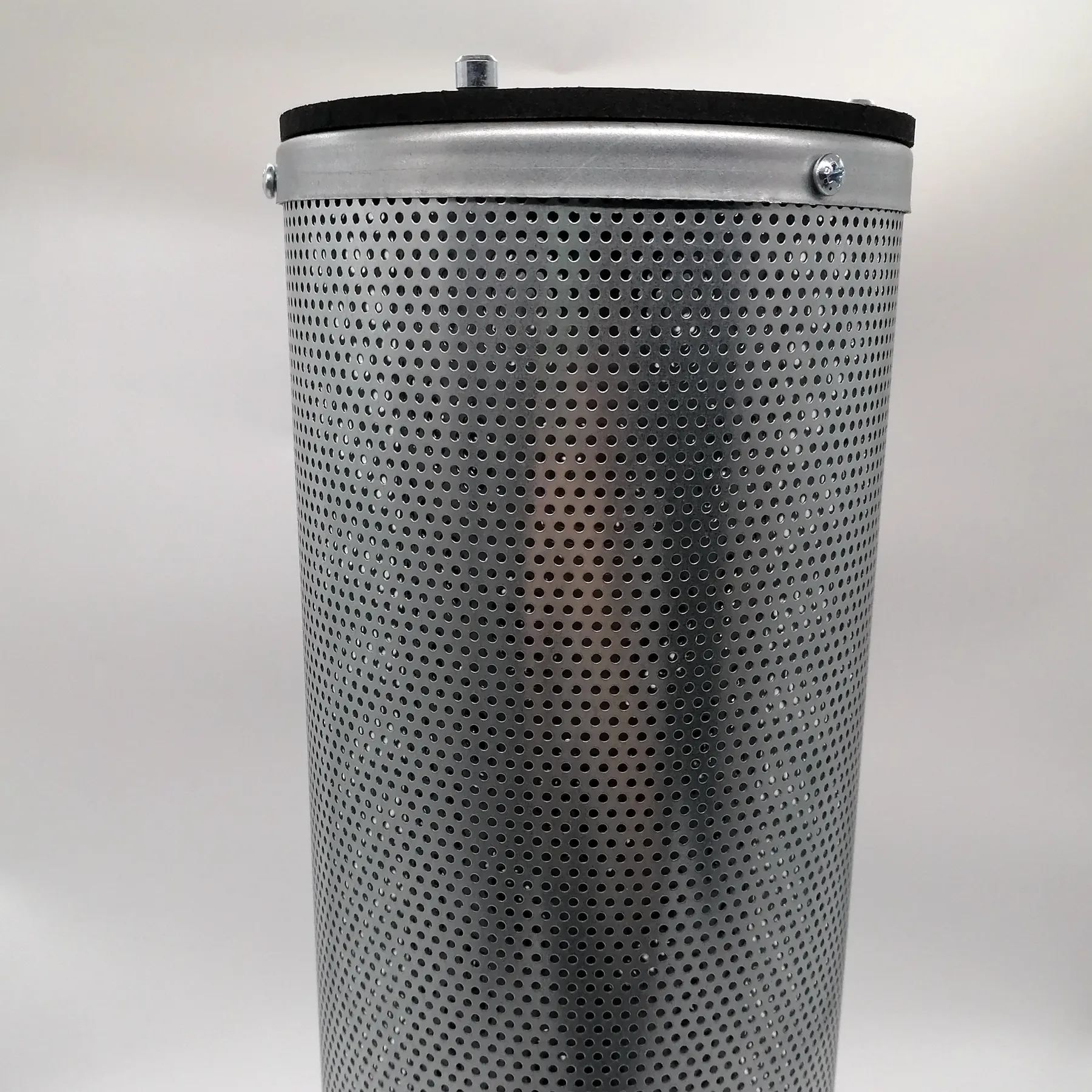 Tel:
+8618931101301
Tel:
+8618931101301
Déc . 01, 2024 21:06 Back to list
dust filter cartridge
The Importance of Dust Filter Cartridges in Industrial Applications
In various industrial settings, maintaining air quality is paramount not only for the health and safety of workers but also for the operational efficiency of machinery. One critical component in achieving this is the dust filter cartridge. These devices play an essential role in controlling particulate matter and ensuring a clean working environment.
What is a Dust Filter Cartridge?
A dust filter cartridge is a cylindrical filter used in dust collection systems to capture airborne particulates. They are designed to fit into dust collectors and provide a surface area for capturing dust and other airborne contaminants. Made from various materials, including polyester, cellulose, and fiberglass, these cartridges can filter out particles of different sizes, making them ideal for a range of applications, from woodworking and metal fabrication to pharmaceutical manufacturing and food processing.
How Dust Filter Cartridges Work
The operation of dust filter cartridges is straightforward yet effective. As air laden with dust and particulate enters the dust collection system, it passes through the filter cartridge. The structure of the cartridge allows cleaner air to flow through while trapping the contaminants on its surface. Over time, as dust accumulates on the filter, its efficiency may decrease. This necessitates regular maintenance, which involves inspecting, cleaning, or replacing cartridges to ensure optimal performance.
Types of Dust Filter Cartridges
Dust filter cartridges come in various types, tailored to meet specific needs. Some common types include
1. Pulse Jet Filters These are equipped with an automatic cleaning mechanism that uses bursts of compressed air to dislodge dust from the cartridge's surface. This innovation ensures a longer lifespan for cartridges and maintains consistent air quality.
2. Baghouse Filters These systems use fabric bags rather than cartridges but operate on a similar principle. They are effective in collecting fine particulate matter and are commonly used in larger industrial settings.
3. Pleated Cartridges These filters have a larger surface area compared to traditional cylindrical filters due to their pleated design, allowing for greater dust holding capacity and longer intervals between maintenance.
4. HEPA Filters High-Efficiency Particulate Air (HEPA) filters are designed to capture very fine particles, including allergens and certain viruses. These cartridges are critical in environments where air quality is of utmost importance, such as hospitals and laboratories.
dust filter cartridge

Importance of Selecting the Right Cartridge
Choosing the right dust filter cartridge is crucial for achieving efficient dust collection and compliance with environmental regulations. Several factors should be considered, including
- Particle Size Different applications generate different types of particulates. A filter designed for fine dust will not be as effective for larger particles, and vice versa.
- Airflow Requirements The volume of air that needs to be processed can influence the size and design of the filter cartridge. Ensuring the correct airflow capacity is key to efficiency.
- Operating Conditions Humidity, temperature, and the chemical composition of the dust can affect cartridge material selection. Certain materials perform better under specific conditions, thereby enhancing longevity and performance.
Maintenance and Replacement Strategies
To ensure optimal performance, regular maintenance of dust filter cartridges is necessary. This includes
- Regular Inspection Periodically checking for damage, wear, or clogging can help prevent costly downtimes.
- Cleaning Depending on the type of cartridge, techniques such as shaking, backflushing, or compressed air cleaning can be employed to dislodge dust buildup.
- Replacement Knowing when to replace a cartridge is vital. Manufacturers often provide guidelines based on usage and environmental conditions. Regular replacement not only maintains efficiency but also improves safety by preventing potential system failures.
Conclusion
In conclusion, dust filter cartridges are indispensable in maintaining air quality across various industrial sectors. Their ability to capture harmful particulates enhances worker safety and operational efficiency. By understanding the different types available, the importance of selecting the right cartridge, and implementing effective maintenance strategies, industries can ensure a cleaner, safer working environment. Emphasizing the need for quality dust filtration systems is not just a regulatory requirement; it’s a commitment to the health and wellbeing of all individuals present in the workspace.
-
The truth about washable filters: Does repeated use really not affect efficiency?NewsJun.25,2025
-
Effect of humidity on the performance of activated carbon filter elementsNewsJun.24,2025
-
Material selection considerations for dust removal filter elements under high temperature conditionsNewsJun.23,2025
-
Cold knowledge of air filters: Why are some designed to be pleated?NewsJun.16,2025
-
Factory direct supply! High-precision air filter element wholesale and customizationNewsJun.12,2025
-
A complete analysis of the practical value of activated carbon filtersNewsJun.10,2025

 Email:
Email:





